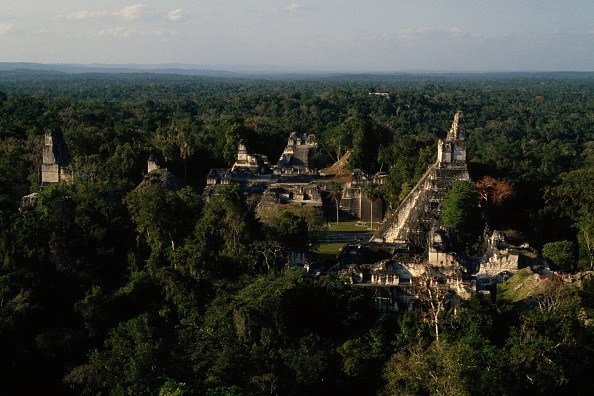Anthropologist discovers city older than Egyptian Pyramids in old satellite images
The CORONA program was basically a series of American spy satellites used for photographic surveillance in the 50s-70s.
Anthropologist Dr. Jesse Casana says that he may have discovered an ancient city and believes that it could be older than the Egyptian pyramids. The area is called Tell Brak, and the discovery has been made by analysing images taken by an old spy satellite.
Dr. Casana has been studying these old photos from the Middle East for several years now. He believes that these images can reveal important information about the ancient city.
"We were able to document something like 10,000 previously unknown archaeological sites that, through the history of 150 years of archaeologists working in the Middle East, no one had ever documented," he said.
According to a report by The Mirror, the city evolved into one of the biggest cities in Upper Mesopotamia during the fourth millennium BC. It included parts of north-western Iraq, north-eastern Syria, and south-eastern Turkey.
Even pottery dating back to circa 6500 BC also emerged at the site and the city had developed into an urban hub before cities like Uruk in southern Mesopotamia became well-known hubs.
It is an area of the Middle East called the Fertile Crescent. Dr. Casana discovered these sites in 2007 after the United States government gave him access to the photos taken by the CORONA Spy satellite between 1960 and 1972.
The researchers believe that the city could be at least 4,000 years older than the Pyramids of Egypt. A documentary called "The Life of Earth: The Age of Humans" revealed that it was also home to the world's first farmers.
"Settlements like this only start to appear after a dramatic event transforms the environment," added the narrator of the documentary.
The CORONA program was essentially a series of American spy satellites used for surveillance of the Soviet Union, China, and other areas.
Some of the photographs were declassified in 1995 under an Executive Order signed by President Bill Clinton. These images have since been a source of valuable information for scientists, archaeologists, and anthropologists.

© Copyright IBTimes 2025. All rights reserved.






















